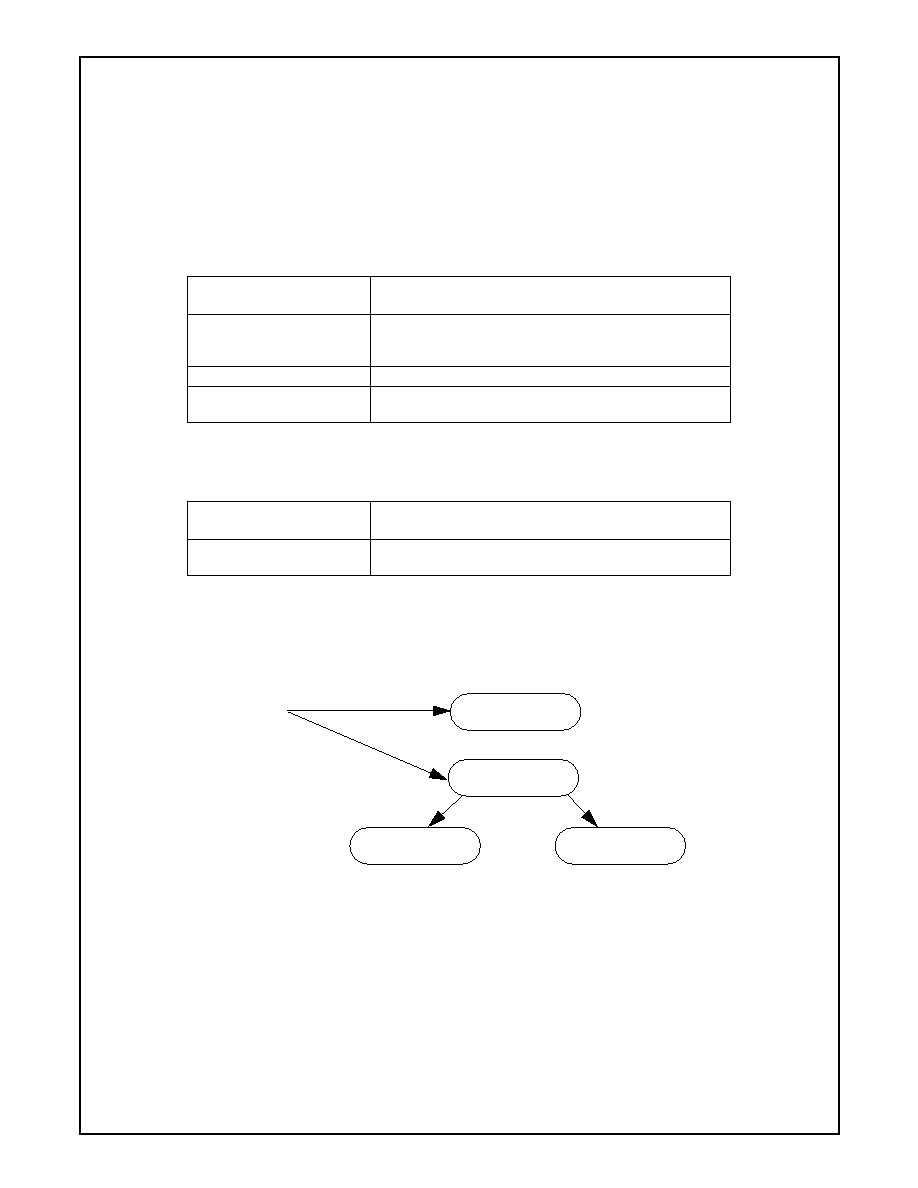- 您現(xiàn)在的位置:買賣IC網(wǎng) > PDF目錄224693 > PC87393F-VJG (NATIONAL SEMICONDUCTOR CORP) 100-Pin LPC SuperI/O Devices for Portable Applications PDF資料下載
參數(shù)資料
| 型號: | PC87393F-VJG |
| 廠商: | NATIONAL SEMICONDUCTOR CORP |
| 元件分類: | 外設(shè)及接口 |
| 英文描述: | 100-Pin LPC SuperI/O Devices for Portable Applications |
| 中文描述: | MULTIFUNCTION PERIPHERAL, PQFP100 |
| 封裝: | TQFP-100 |
| 文件頁數(shù): | 112/148頁 |
| 文件大小: | 1733K |
| 代理商: | PC87393F-VJG |
第1頁第2頁第3頁第4頁第5頁第6頁第7頁第8頁第9頁第10頁第11頁第12頁第13頁第14頁第15頁第16頁第17頁第18頁第19頁第20頁第21頁第22頁第23頁第24頁第25頁第26頁第27頁第28頁第29頁第30頁第31頁第32頁第33頁第34頁第35頁第36頁第37頁第38頁第39頁第40頁第41頁第42頁第43頁第44頁第45頁第46頁第47頁第48頁第49頁第50頁第51頁第52頁第53頁第54頁第55頁第56頁第57頁第58頁第59頁第60頁第61頁第62頁第63頁第64頁第65頁第66頁第67頁第68頁第69頁第70頁第71頁第72頁第73頁第74頁第75頁第76頁第77頁第78頁第79頁第80頁第81頁第82頁第83頁第84頁第85頁第86頁第87頁第88頁第89頁第90頁第91頁第92頁第93頁第94頁第95頁第96頁第97頁第98頁第99頁第100頁第101頁第102頁第103頁第104頁第105頁第106頁第107頁第108頁第109頁第110頁第111頁當(dāng)前第112頁第113頁第114頁第115頁第116頁第117頁第118頁第119頁第120頁第121頁第122頁第123頁第124頁第125頁第126頁第127頁第128頁第129頁第130頁第131頁第132頁第133頁第134頁第135頁第136頁第137頁第138頁第139頁第140頁第141頁第142頁第143頁第144頁第145頁第146頁第147頁第148頁

2.0 Device Architecture and Configuration (Continued)
66
www.national.com
2.19.3
X-Bus Memory Range Programming
LPC memory transactions and/or LPC-FWH transactions can be forwarded to the PC8739x X-Bus. The X-Bus Memory Con-
figuration register defines the address space to which the PC8739x responds. The XCNF2-0 strap inputs impact the default
setting of the X-Bus Memory Configuration register enable boot process from memories connected on the X-Bus. Two mem-
ory areas may be individually enabled: a user-defined zone, and BIOS memory (BIOS-LPC and/or BIOS-FWH spaces).
To enable BIOS support, set the XCNF2-0 strap inputs to select any of the BIOS modes (see Section 1.5.11 for details). The
PC8739x responds to LPC memory read and write transactions to/from the BIOS address spaces, shown in Table 29, as
long as BIOS LPC Enable (bit 0) of the X-Bus Memory Configuration register is set.
Table 29. BIOS-LPC Memory Space Denition
The PC8739x responds to LPC-FWH read and write transactions from/to the high memory address range (’386’ mode BIOS
range), shown in Table 29, as long as BIOS FWH Enable (bit 3) of the X-Bus Memory Configuration register is set.
Table 30. BIOS-FWH Memory Space Denition
Upon reset in BIOS enabled mode (XCNF
≠000), the BIOS LPC Enable bit is set and the BIOS FWH Enable bit is set. The
PC8739x automatically detects the type of host boot protocol in use via the first completed BIOS read operation after reset.
If the first read is an LPC memory read, the BIOS FWH Enable bit is cleared. If the first read is an LPC-FWH read, the BIOS
LPC Enable bit is cleared. Any other LPC or LPC-FWH transactions are ignored. The bits are cleared only by the first read
operation, allowing software to enable response to these address ranges by setting the bit. Figure 7 illustrates this behavior.
Figure 7. BIOS Mapping Enable Scheme
The User-Defined Memory Zone (UDMZ) is specified via a 32-bit start address. This address is formed by 8 bits of the X-
Bus Memory Base Address Low Byte register, 8 bits of the X-Bus Memory Base Address HIgh Byte register and 16 least
significant bits of 0. The size of the window is specified through the X-Bus Memory Size Configuration register. The zone
base address must be aligned to the block size.
The address used for the X-Bus transaction is the 28 least significant bits of the address bus. In read transactions, the data
read from the X-Bus is passed to the LPC bus. In write transactions, the data from the LPC is passed to the X-Bus.
2.19.4
X-Bus I/O Configuration Register
This register is reset by hardware to 00h.
Location:
Index F0h
Memory Address Range
Description
000E 0000h - 000E FFFFh
Extended BIOS Range (Legacy)
Only when Extended BIOS Enable bit in X-Bus Memory
Range Conguration register is set
000F 0000h - 000F FFFFh
BIOS Range (Legacy)
FFC0 0000h - FFFFF FFFh
386 mode BIOS Range.
This is the upper 4 Mbyte of the memory space
Memory Address Range
Description
FFC0 0000h - FFFFF FFFh
386 mode BIOS Range.
This is the upper 4 Mbyte of the memory space
Only hardware-controlled transitions
are shown. Other transitions are
possible via software writes to the bits.
Note:
BIOS FWH Enable =1
BIOS LPC Enable = 1
BIOS FWH Enable =1
BIOS LPC Enable = 0
BIOS FWH Enable =0
BIOS LPC Enable = 1
BIOS FWH Enable =0
BIOS LPC Enable = 0
First LPC FWH Read
RESET
XCNF[2-0] Disable BIOS
XCNF[2-0]
En
able
BIOS
First LPC Memory Read
相關(guān)PDF資料 |
PDF描述 |
|---|---|
| PC906N | 896 MHz - 940 MHz YAGI ANTENNA, 10.65 dBi GAIN, 65 deg 3dB BEAMWIDTH |
| PC926N | 928 MHz - 960 MHz YAGI ANTENNA, 10.65 dBi GAIN, 65 deg 3dB BEAMWIDTH |
| PCA.1D.694.CNAD42Z | CABLE TERMINATED, FEMALE, RF CONNECTOR, SOCKET |
| PCA.1D.694.CNAD42 | CABLE TERMINATED, FEMALE, RF CONNECTOR, SOCKET |
| PCA.1D.694.CNAD52Z | CABLE TERMINATED, FEMALE, RF CONNECTOR, SOCKET |
相關(guān)代理商/技術(shù)參數(shù) |
參數(shù)描述 |
|---|---|
| PC87393VJG | 制造商:Texas Instruments 功能描述: 制造商:Texas Instruments 功能描述:IC, SUPER I/O DEVICE, TQFP-100, Logic Device Type:Buffer, Supply Voltage Min:3V, |
| PC87393-VJG | 制造商:NSC 制造商全稱:National Semiconductor 功能描述:100-Pin LPC SuperI/O Devices for Portable Applications |
| PC87410 | 制造商:NSC 制造商全稱:National Semiconductor 功能描述:PC87410 PCI-IDE Interface Controller |
| PC87410VLK | 制造商:Rochester Electronics LLC 功能描述:- Bulk |
| PC87413 | 制造商:NSC 制造商全稱:National Semiconductor 功能描述:LPC ServerI/O for Servers and Workstations |
發(fā)布緊急采購,3分鐘左右您將得到回復(fù)。